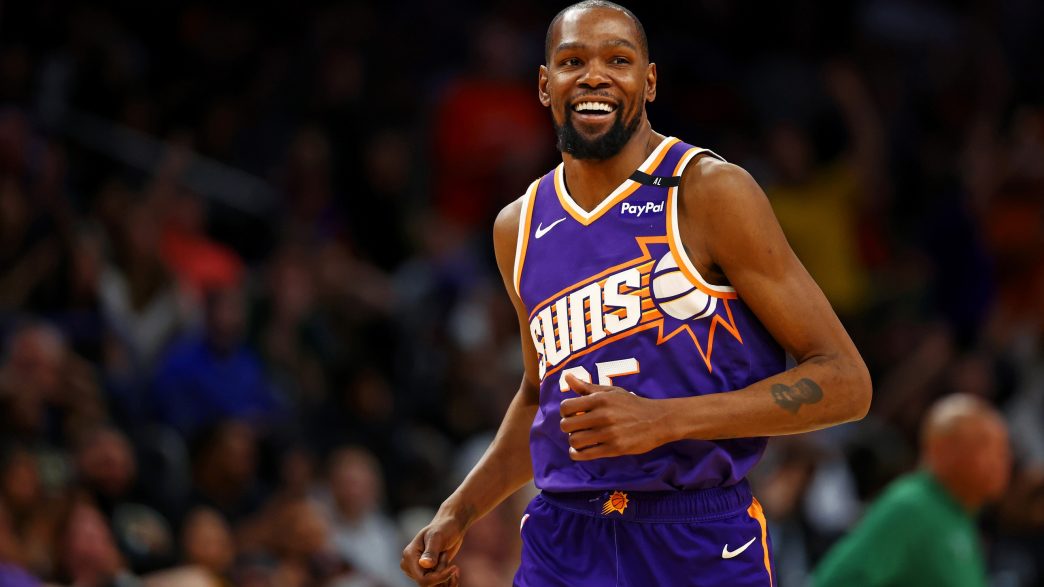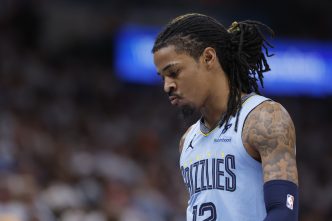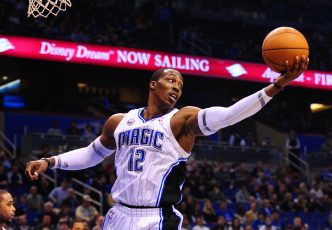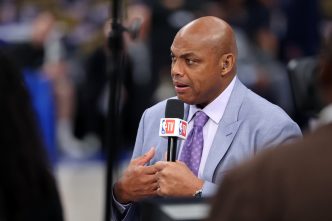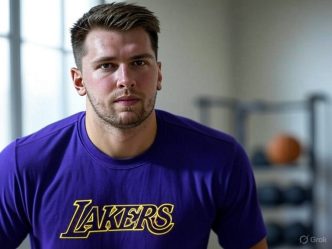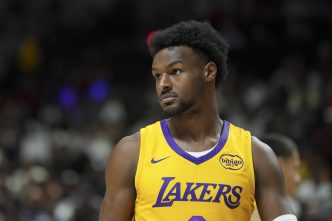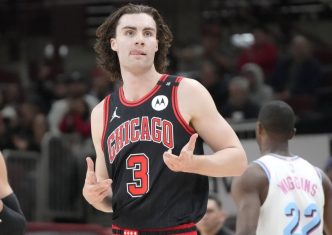The Boston Celtics are gearing up for a blockbuster offseason, and the stakes are high—the team faces a staggering salary cap situation, with nearly $500 million looming next season, a hefty chunk of which will be eaten up by luxury taxes. For President of Basketball Operations Brad Stevens, this means navigating a delicate balance between maintaining championship competitiveness and finding ways to trim expenses this summer.
The Celtics’ window for a title is wide open, and every decision they make will need to keep this in mind while addressing the financial and basketball implications of being a second apron team—a designation that complicates trade possibilities. Intriguingly, there’s chatter surrounding the potential acquisition of superstar Kevin Durant, who is expected to depart the Phoenix Suns before the next campaign begins.
According to Fox Sports commentator Nick Wright, there’s growing buzz about Durant in Boston. He quoted sources that have pointed to the Celtics as a potential landing spot, adding, “I don’t know the pieces that would make it work. And it feels a lot like what Durant got killed for with Golden State. It doesn’t make sense.”
Let’s break down what a move for Durant would mean for the Celtics. On one hand, Durant unquestionably brings elite talent to the table. Adding him would bolster head coach Joe Mazzulla’s rotation significantly over the next couple of years. Yet there are valid concerns—Durant is 36 years old and signed to a $194 million contract, which raises eyebrows when considering the long-term implications of such a trade.
Navigating the Financial Maze
Here’s where it gets interesting. As a second apron team, the Celtics can’t aggregate salaries in trades. Any deal would have to be a one-for-one exchange. However, there’s a clever workaround: if Boston were to maneuver itself under the second apron, it could then aggregate salaries to acquire Durant.
One straightforward option would be to trade Jaylen Brown straight up for Durant. This would create a dynamic trio with Jayson Tatum and Kristaps Porzingis. But here’s the catch—Brown is significantly younger than Durant, and shipping him off would considerably shrink Boston’s championship window.
Alternatively, the Celtics could look to shed salary first. This could involve parting ways with someone like Jrue Holiday, Derrick White, or Porzingis, while accepting minimal assets in return or attaching sweeteners to the outgoing player. This would allow them to duck under the second apron and open up the possibility of combining salaries in a trade for Durant, revitalizing their roster.
The Complications of Pursuing Durant
However, we must consider the ethos that Stevens has instilled since taking the reins. The Celtics have valued roster stability and continuity, and pursuing Durant would fundamentally disrupt the core of this championship-caliber team. The price would either be an elite second star like Brown or potentially several crucial role players, shaking the foundation upon which they’ve built their recent success.
Bringing in a 36-year-old Durant is a gamble. No discerning franchise would completely reset its championship framework for a star in the twilight of his career, especially not on a hefty contract. Durant is better positioned as the final piece in a puzzle, rather than the center of one that would require disassembly.
Thus, while the allure of Kevin Durant joining forces with the Celtics tickles the imagination, the logistical hurdles suggest that such a move is unlikely. If it did happen, fans could expect a dramatically different roster by the time the 2025-26 season rolls around. For now, the Celtics must weigh every option carefully as they look to forge both a financially sound and competitive team moving forward.


